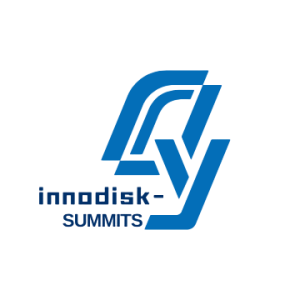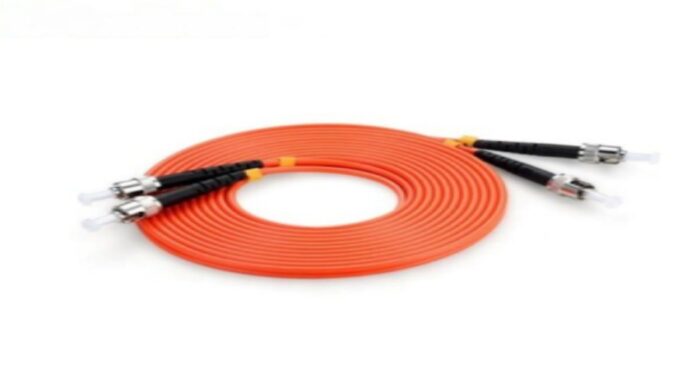The interconnected digital era we inhabit necessitates high-quality, dependable, and efficient data transmission. Fiber optic patch cords, the critical conduits for these high-speed data exchanges, fulfill this demand remarkably. However, partnering with fiber optic patch cord suppliers also presents its unique set of challenges and benefits. This article aims to dissect these aspects, providing a comprehensive understanding of the merits and potential drawbacks in this partnership. Visit the fiber patch cords | bonelinks to learn more!
Advantages of Fiber Optic Patch Cord Suppliers:
High-Speed Data Transmission: The Speed of Light at Your Fingertips
The cornerstone of the fiber optic patch cord’s appeal lies in its unparalleled data transmission speed. Capitalizing on light for data transfer, these cords substantially outpace traditional copper cables in data throughput, bandwidth, and latency. Top-tier suppliers offer an array of patch cord options, which can be customized to cater to varying networking requirements, aiding businesses in attaining their specific data transmission targets efficiently.
Scalability and Adaptability: Future-Proof Your Network
A significant benefit of opting for fiber optic patch cord solutions is their inherent scalability. In our data-hungry world, as businesses scale, they often grapple with escalating data transmission needs. Premium suppliers provide products capable of evolving in tandem with these needs, offering solutions that support enhanced bandwidths and extended transmission distances. Moreover, these solutions can seamlessly integrate with diverse network architectures and future technological innovations.
Improved Signal Quality: An End to Interference
Fiber optic patch cords deliver a remarkable enhancement in signal quality. Unlike the electromagnetic interference-prone copper cables, fiber optic cords maintain robust data signals over extensive distances, virtually eliminating data loss or corruption risk. Trustworthy suppliers, through rigorous quality checks, ensure their patch cords consistently deliver this high-level signal integrity.
Challenges with Fiber Optic Patch Cord Suppliers:
Initial Investment: Quality Comes at a Cost
While fiber optic patch cords come laden with advantages, they do present certain challenges. Foremost among these is the considerable initial investment required. Owing to their sophisticated technology and superior performance, these cords are priced considerably higher than traditional copper cables. This cost barrier might prove prohibitive, especially for smaller enterprises or businesses operating on tight budgets.
Specialized Handling: Not Just Plug-and-Play
Fiber optic patch cords require specialized installation and maintenance. Unlike the more ubiquitous copper cables, these cords require specifically trained technicians equipped with specialized tools. This requirement might escalate the total cost of owning a fiber optic network and can pose significant challenges in regions where such trained personnel are hard to find.
Physical Vulnerability: Handle with Care
Lastly, despite their robust data transmission capabilities, fiber optic patch cords are more prone to physical damage compared to their copper counterparts. They necessitate careful handling during installation and can easily be damaged by sharp bends or twists. This calls for a meticulous installation process and additional protective measures, which can, in turn, elevate the overall network setup costs.
Conclusion: Navigating the Trade-Offs
Engaging with fiber optic patch cord suppliers offers undeniable benefits including high-speed data transmission, scalability, and improved signal quality. Nevertheless, businesses must also factor in the potential challenges such as high initial costs, specialized handling needs, and physical vulnerability. By judiciously analyzing these trade-offs against their specific requirements and resources, businesses can chart a course towards the most suitable networking solution, striking the right balance between performance and cost.







